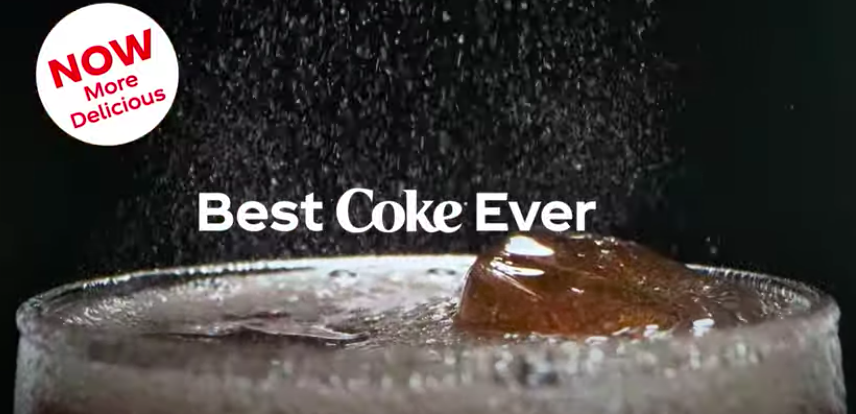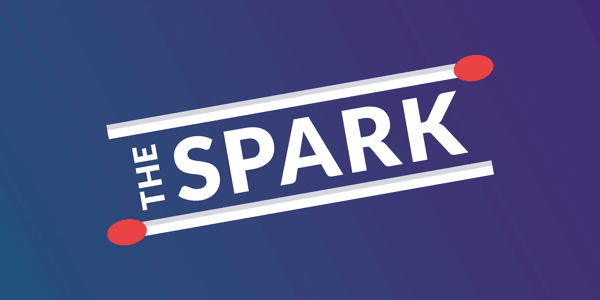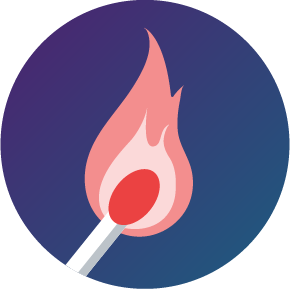😀 = ???Ever stared down a 👀 or wrung your hands at a 👏, desperately contemplating the meaning? You’re not alone. Distinct, generational differences in the use of emojis are driving some (interesting) conversations, according to a recent article from The Wall Street Journal.
People over 30 tend to use emojis to convey the symbols’ intended meaning, while younger people might use them more sarcastically or as shorthand for an entirely different thought. Take the seemingly harmless smiley face, for example. While anyone millennial or older sees a smiley face emoji as a positive affirmation, it can strike Gen Z as passive-aggressive or even rude.
Brands should use emojis with caution, as they can mean *very* different things to different people. Emojis are still a useful branding tool, but marketers should keep in mind their target audience, so a seemingly harmless smiley face doesn’t get lost in translation.
TL;DR: Emojis can mean very different things to different generations. Brands should consider who they are talking to when utilizing them.
Spotify Gets SocialAnother newsfeed we get to scroll through aimlessly has entered the chat. With more than 50,000 hours of content uploaded to the platform every day, Spotify added a “What’s New” feed to help users keep up with their favorite podcasts and musical artists. Instead of spamming users with notifications (be honest, how many apps have you muted?), the feed displays a less-intrusive bell icon with a blue dot that indicates fresh content is available.
The new feature perfectly curates content based on relevance, repeat visits, and prolonged listening for users. This development is what we’ve all been dreaming about: a world in which Spotify just *knows* you want to listen to “Party in the USA.”
But Spotify didn’t stop there. Megaphone, the podcast analytics and production platform recently acquired by Spotify, rolled out an Insights Dashboard for podcast publishers to get a real-time look into listeners’ specific behaviors, demographics, and interests. The insights are so granular that publishers would know who’s watching Bravo or working in content marketing.
While Spotify might not be the first thought for B2B brands, through the What’s New feed and the Megaphone Audience Insights Dashboard, other brands can optimize their content strategy and engage with more people by understanding who is listening to what, what topics attract the most listeners, and keep the dedicated ones coming back for more. All in all, we expect to see more social (media) experiments coming from Spotify in the future.
TL;DR: Spotify rolled out new features that give the audio app a social spin. Brands can now look to the app for audience insights and increased engagement.
SMB TikTok TipsWhile most SMBs might have Facebook, Twitter, and even Instagram accounts, there is some hesitancy to sign up for TikTok. While “the youths” may have owned the app previously, TikTok is getting serious about helping brands grow and succeed on the app.
Like the latest guide offerings from LinkedIn and Reddit (and Twitter and Instagram have gotten in on the SMB action too), TikTok’s Small Business Resource Center is jam-packed with handy tips, helpful case studies, and even free creative tools to let SMBs jump right into making TikTok-ready ads. And with the #SmallBusiness hashtag alone garnering over 33 billion views, TikTok is no joke when it comes to reaching new audiences (and potential customers).
Social media organizations are recognizing small businesses and brands need more guidance and direction to be successful on their platforms. Guides like those offered by TikTok (and LinkedIn … and Reddit, IG … ) can be super helpful for businesses that don’t (yet) have their own social media pros. These guides are a great place to start building impactful social media campaigns that can drive engagement and lead to sales.
TL;DR: Guides from social media platforms like TikTok are helping SMBs build effective campaigns and grow their businesses.
What Lit Us Up
Best Coca-Cola Ever? You’ll Have to Try for YourselfCoca-Cola vows that its updated Zero Sugar formula is as close as it can be to the original Coca-Cola flavor. To prove that, the company launched the “Best Coke Ever?” campaign to get consumers actually to taste the product and decide for themselves. *runs to the grocery store immediately*
The campaign’s omnichannel approach runs on TV, streaming audio, radio, digital display, search, social media, Snapchat filters, and an AR lens. Did we miss anything? Actually, yes. It’s also pushing the Zero Sugar formula through a 15-second TV ad, sampling fridges with QR codes across major cities, an NYC block party, and of course, a substantial presence in college football, NASCAR, soccer, and PGA games.
Marketers need to be able to shift gears at any moment when it comes to campaigns in the era of COVID-19. With the Delta variant surging, elements like the sampling fridges don’t seem promising, but Coke redeems that aspect with COVID-friendly touchless QR codes. Additionally, Coke tapped into mediums that have experienced success throughout the pandemic, such as out-of-home retail and streaming. You can’t say they didn’t cover all of their bases.
What’s essential for brands to note, whether or not they have a multi-million dollar budget, is to consider new and innovative ways to reach more consumers with each campaign. Brands can utilize tried-and-true traditional methods, but add a unique flair to stand out. Or continue to trailblaze with creative ideas. The choice is up to the brands, but they should find their own way to make the consumers say “bottoms up.”
TL;DR: Coke’s multi-channel campaign to promote its Zero Sugar drink takes traditional and non-traditional methods to reach all consumers. This campaign should inspire brands to experiment with a variety of marketing techniques to maximize customer reach. (Was this email forwarded to you? Sign up here.)
|
-1.png?upscale=true&width=346&upscale=true&name=Tier%20One%20logo_color%20(1)-1.png)


